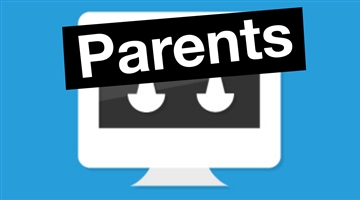A person’s sexual images and videos being shared without their consent or taken without their consent.
A person receiving sexual threats, being coerced to participate in sexual behaviour online, or blackmailed with sexual content.

How to develop and improve e-safety policies

How to implement a progressive e-safety curriculum.

A guide for teachers and professionals to help you use technology safely and responsibly, whether in your work with young people or at home.

Find out more about what parents have to say about screen time and what works or worries them with their children.
Both adults and children enjoy sharing moments with family and friends through online images and videos. Starting conversations and good habits early on is a great way to support children in staying safe online.
Many digital devices, services and content providers offer a range of parental controls. You can choose the type of content and options that are suitable for your child.
Clear family rules can help your child have a positive start to their digital life and get the most out of being online. Ask your child to help create some family rules.
Get involved in your child’s online activities. Have fun, play games and learn together online, just as you would in the physical world. It will then be natural for your child to turn to you if they experience anything upsetting online.
[[excerpt]]
| Cookie | Duration | Description |
|---|---|---|
| cookielawinfo-checkbox-analytics | 11 months | This cookie is set by GDPR Cookie Consent plugin. The cookie is used to store the user consent for the cookies in the category "Analytics". |
| cookielawinfo-checkbox-functional | 11 months | The cookie is set by GDPR cookie consent to record the user consent for the cookies in the category "Functional". |
| cookielawinfo-checkbox-necessary | 11 months | This cookie is set by GDPR Cookie Consent plugin. The cookies is used to store the user consent for the cookies in the category "Necessary". |
| cookielawinfo-checkbox-others | 11 months | This cookie is set by GDPR Cookie Consent plugin. The cookie is used to store the user consent for the cookies in the category "Other. |
| cookielawinfo-checkbox-performance | 11 months | This cookie is set by GDPR Cookie Consent plugin. The cookie is used to store the user consent for the cookies in the category "Performance". |
| viewed_cookie_policy | 11 months | The cookie is set by the GDPR Cookie Consent plugin and is used to store whether or not user has consented to the use of cookies. It does not store any personal data. |